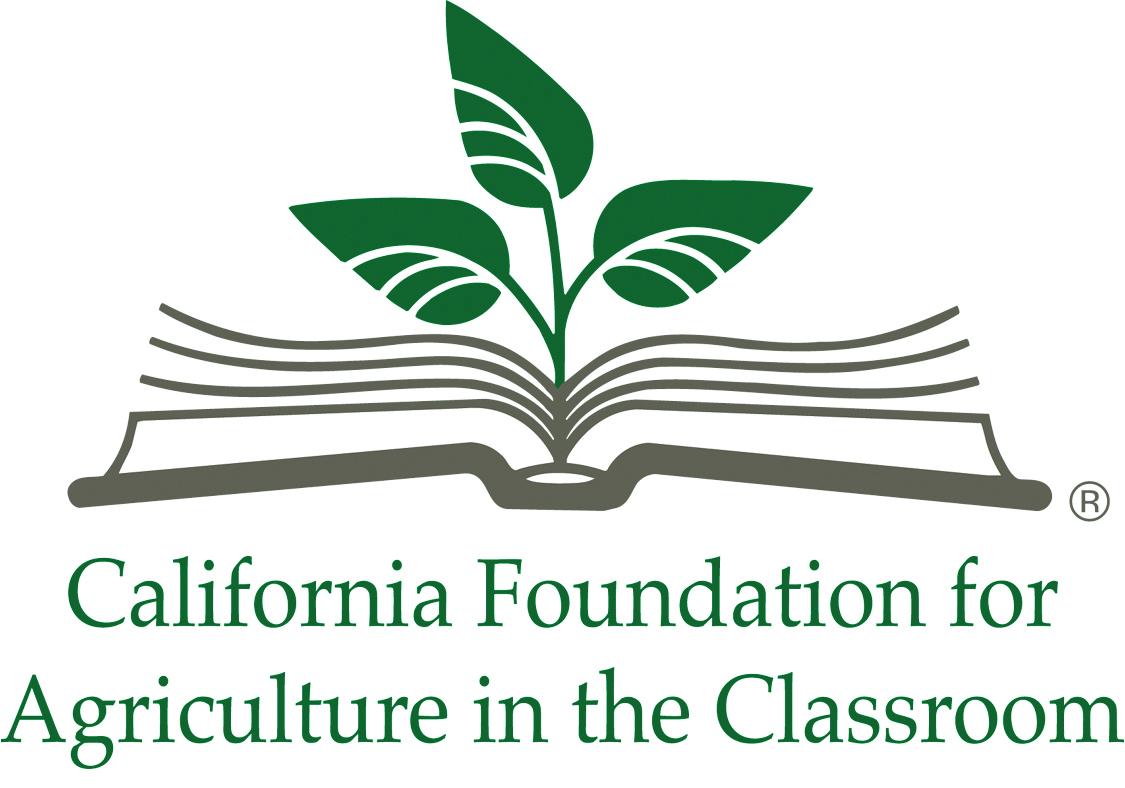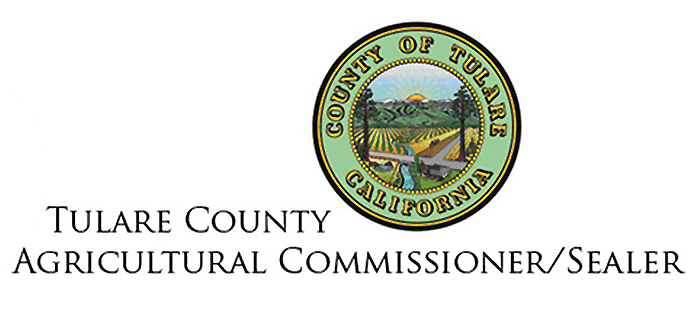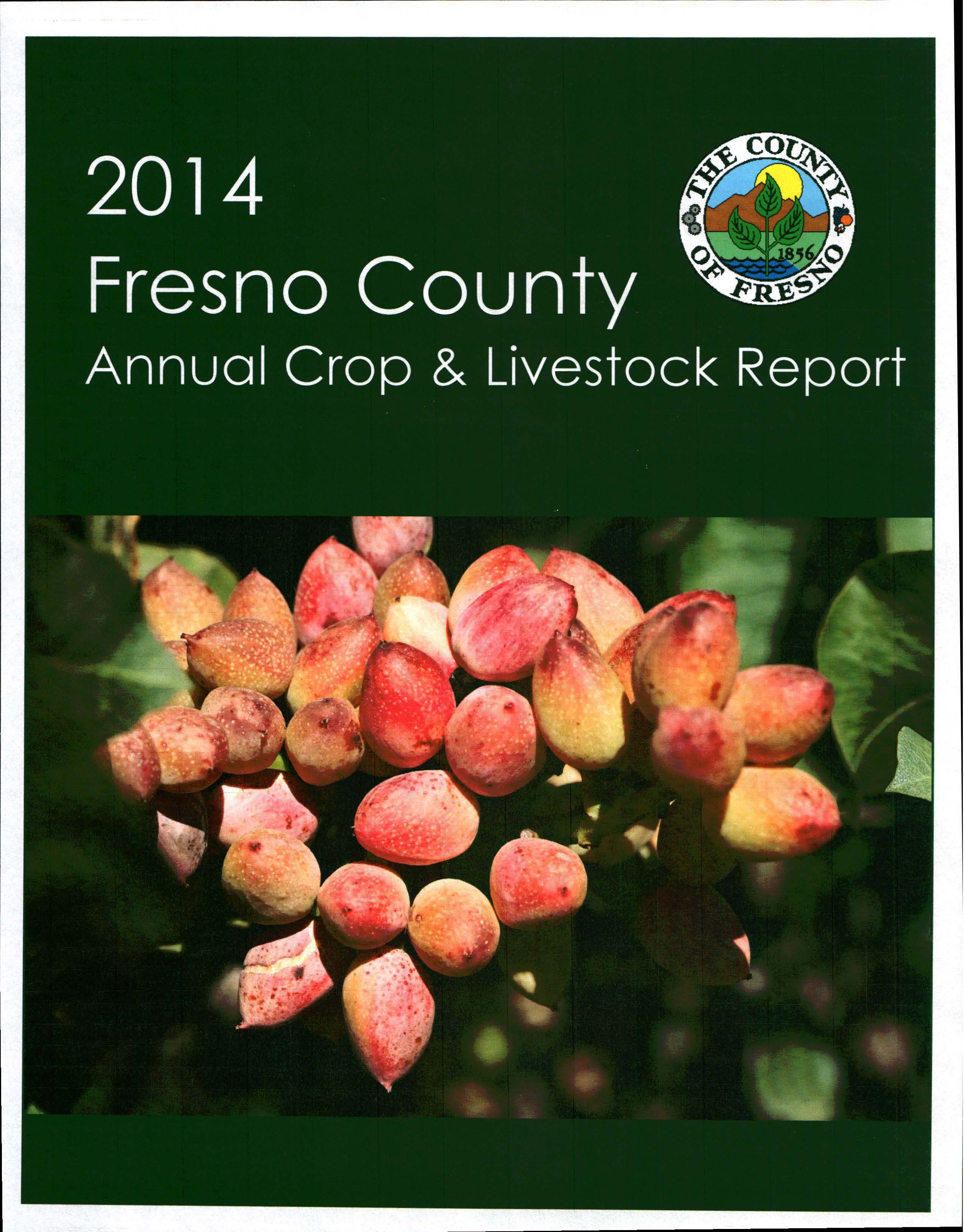More on Federal Milk Marketing Order
Continued Coverage on Federal Milk Hearing in Clovis
More on Federal Milk Marketing Order: Let the Market Sort it Out
By Patrick Cavanaugh, Deputy Editor
Bill Verboort is the General Manager for AgriTech Analytics (ATA), a national company based in Visalia Calif. Owned by the Holstein Association USA, AgriTech is part of the U.S. Dairy Herd Improvement Association System, and provides data to dairy producers for management, genetic improvement and pedigree purposes. Verboort has been attending the USDA Federal Milk Marketing Order (FMMO) hearing in Clovis, Calif., which is gathering testimony from milk industry people who want, or do not want to abandon the California Milk Marketing Order and adopt the FMMO.
“I think it is a very historic day, because I think California is one of the only major markets outside the FMMO,” said Verboort. “When the Federal system came in the 1930s, there were good reasons for us to be on a state order due to geographic isolation, etc. Today, I don’t see us as geographically isolated as we once were. So why not be part of the FMMO?”
Verboort noted that the FMMO should put California producers on par with the rest of the country when it comes to milk and cheese prices. “That is the intended and anticipated effect,” he said.
Of course there are many against adopting the FMMO. “Some are saying if the California producer is going to get more money for his milk, he is going to produce more,” said Verboort. “If you look at the industry over decades, when the price of milk has gone up, producers have produced more. You’ve got to make hay when the sun shines, so to speak. And when prices are down, the cash flows are down, so a producer needs to get more cash. What is the solution to that? Produce more milk!”
“So the California producers are going to produce more milk whether the FMMO system is in place or not; at least that’s the way I see it,” Verboort explained. “But if our producers in California are at a disadvantage to producers in other parts of the country, we need to make an equitable situation here.”
“And the market will shake it out. It is as simple as that,” he said. “We can produce milk products more efficiently in California and I think that is good for the U.S. and for the consumer. If the producer can produce it here more efficiently by getting on the right strategy with the FMMO rather than the California milk order, then we are on the right track.”
“California producers have been on the short end of the stick for a long time,” Verboort said. “Even though last year was a very good year for most producers throughout the country, and for California producers as well, they still sold their milk for several dollars per hundred weight less than the rest of the country,” Verboort said.
As for the hearing taking place in Clovis, Verboort said it seems that the momentum is going in a good direction. “But we will find out; that is what these hearings are about,” he added.
AgriTech Analytics (ATA) is a certified Dairy Records Processing Center.
Part of the U.S. DHIA System, AgriTech Analytics provides data to dairy producers for management, genetic improvement and pedigree purposes.
By utilizing the reports and herd analysis made available by AgriTech Analytics, Herd owners are able to maximize profitability and better position themselves in today’s competitive dairy industry.
________________________________________
Links:
U.S. Dairy Herd Improvement Association System







 Kathy Yager, a fifth grade teacher at
Kathy Yager, a fifth grade teacher at  ed consumers in the future.
ed consumers in the future.
 Featured Programs:
Featured Programs:











